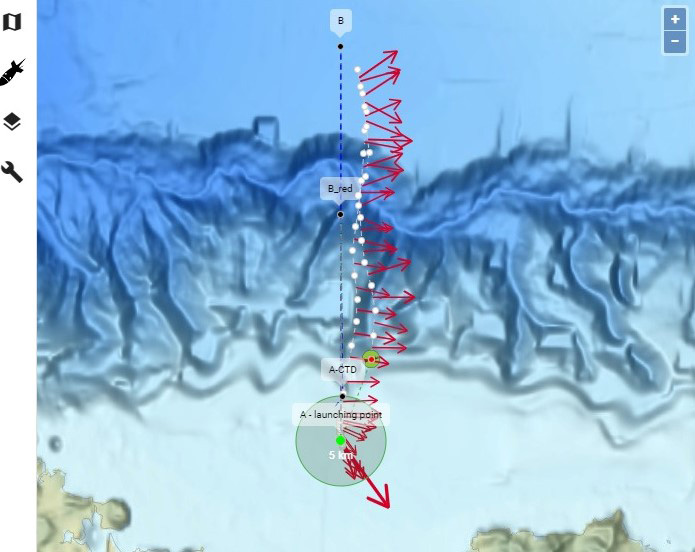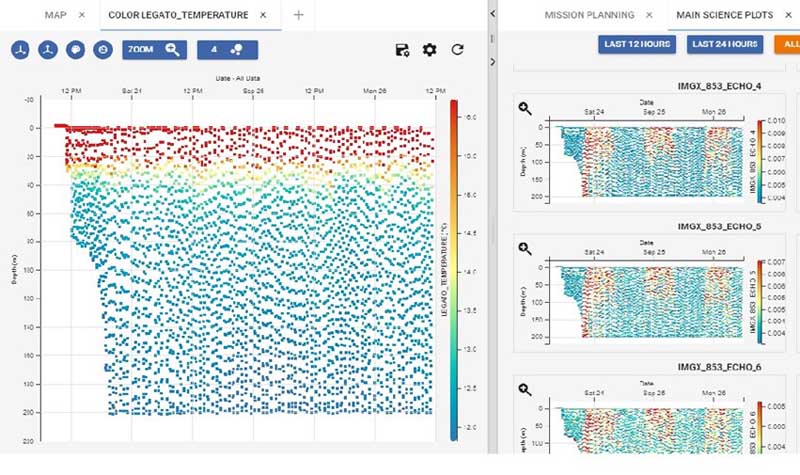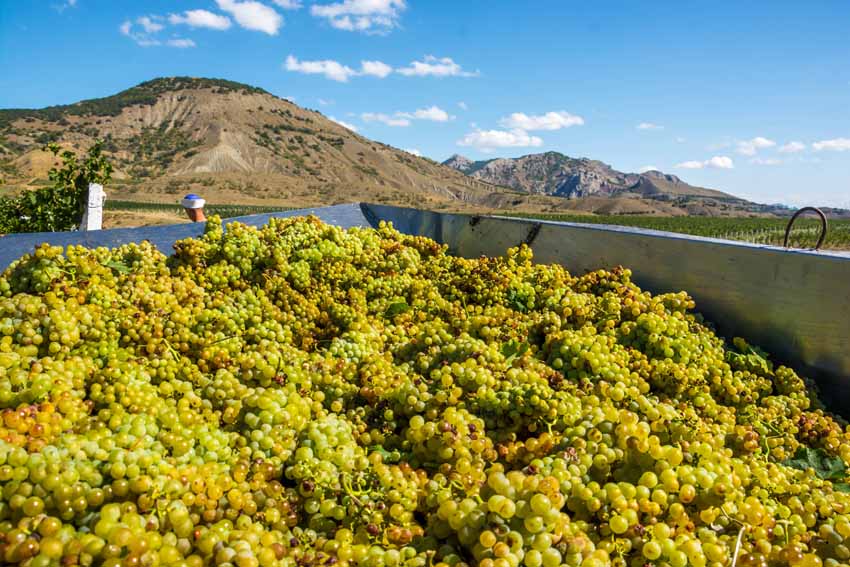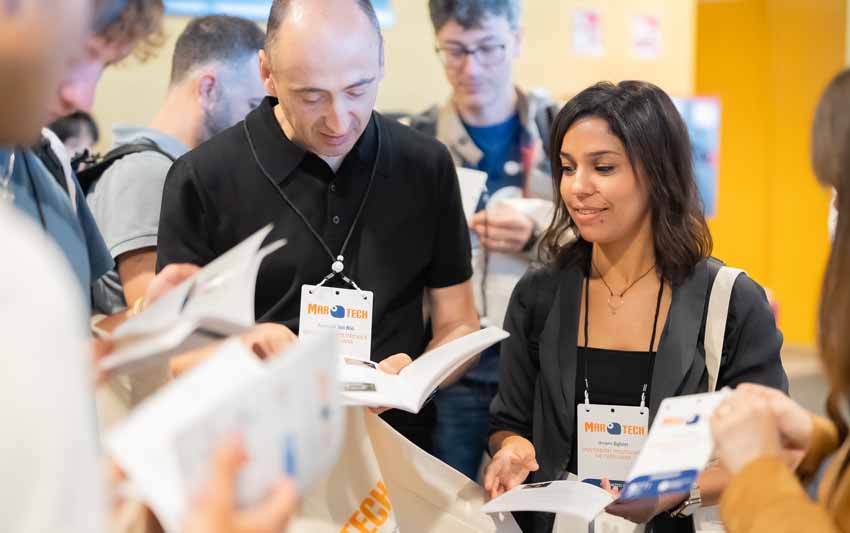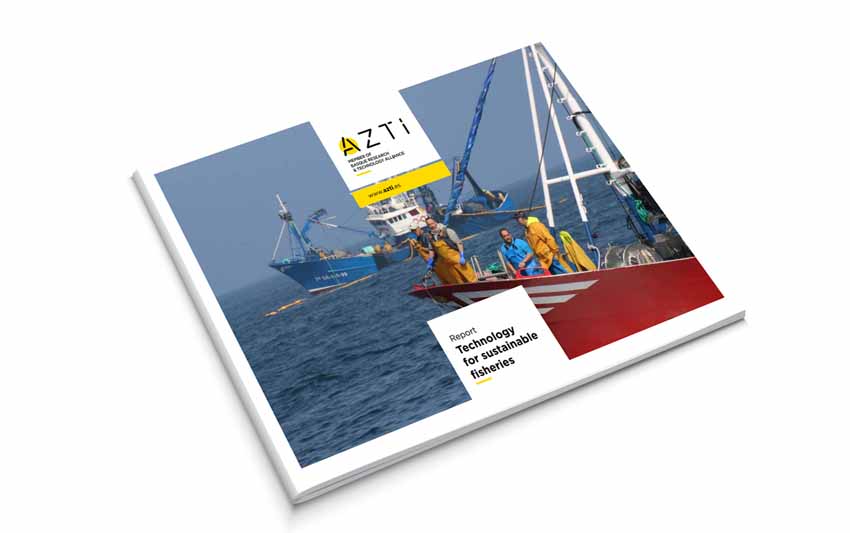Xixili, the underwater glider that keeps watch over our waters
Últimas noticias
Una mirada LGTBIQ+ al reino animal
Circular Economy in Action: Valorisation of By-products through Projects like PRIMA NEWFEED
Strategic Perspectives: Highlights from the Food4Future World Summit for Business Leaders
ANNA RUBIO, ASIER NIETO and GUILLERMO BOYRA. AZTI experts in Marine Technologies and Fisheries Management.
Since the end of September, a new “inhabitant” has been sailing the seas: Xixili has been gliding in the waters around Bilbao on an important mission: to take scientific measurements of environmental and biological variables. This autonomous underwater vehicle, known among researchers as a glider, will allow AZTI researchers to explore different aspects of coastal dynamics and their effects on marine life. Just as mermaids and lamias, such as Xixili of Bermeo, did in their day, gliders now monitor our oceans, providing us with real-time data and reaching corners that are difficult to explore intensively and continuously with the traditional methods used in oceanography, such as anchorages or campaigns aboard research vessels.
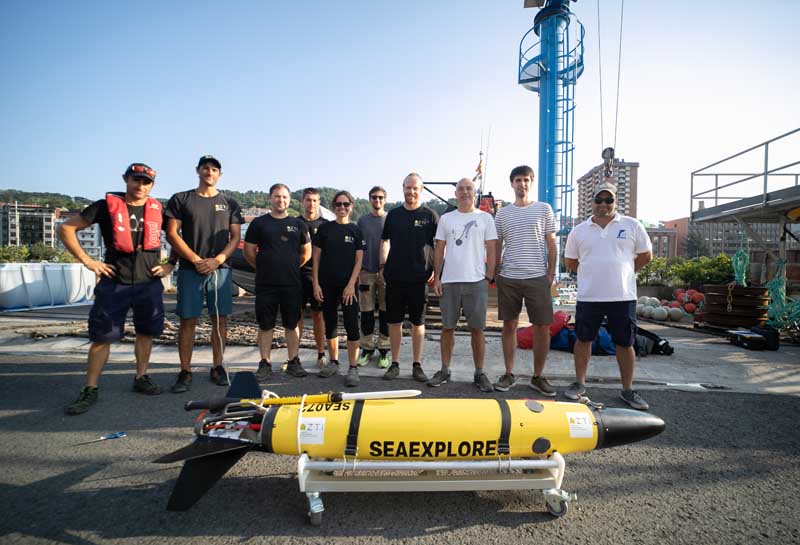
Xixili successfully completed sea trials last July outside the Port of Pasaia, with the technical support of its manufacturers, the French company Alseamar. It is a vehicle capable of navigating and measuring continuously from the sea surface to depths up to 1000 metres. Using an ingenious mechanism of buoyancy changes that make it more or less dense than seawater, the glider alternates between submerged and ascending sections, while gliding to advance along its route. On ascents, Xixili can come out of the water to transmit its position and correct its course. A team of researchers from AZTI’s Marine Technologies group is in charge of piloting it, communicating with it daily via satellite and analysing the data it transmits in real time.
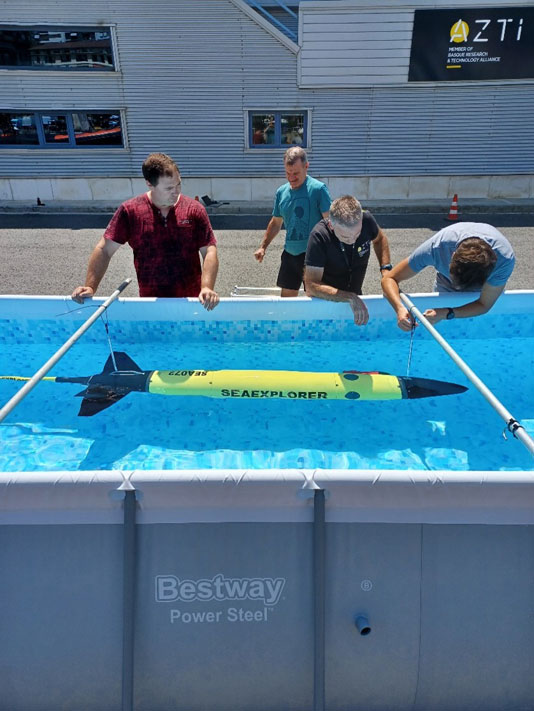
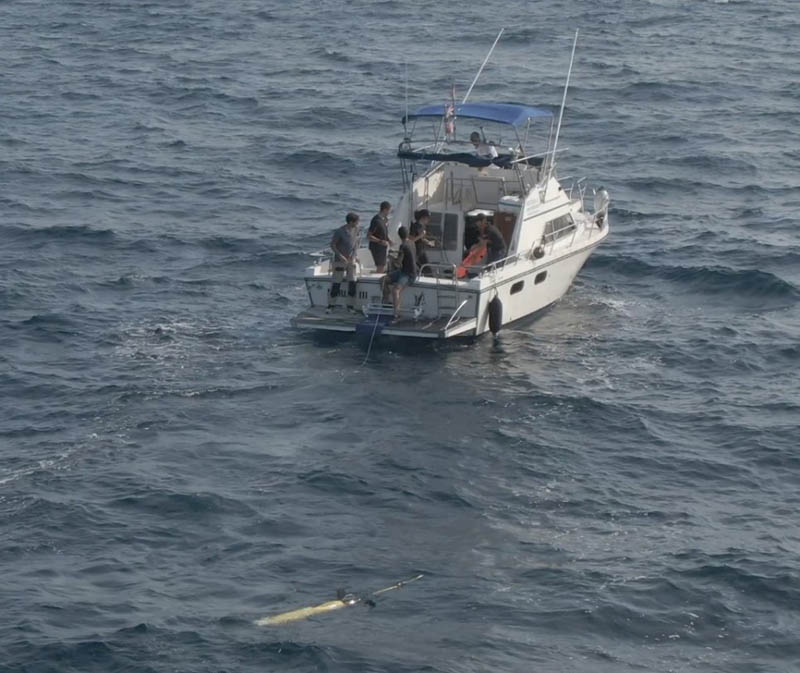
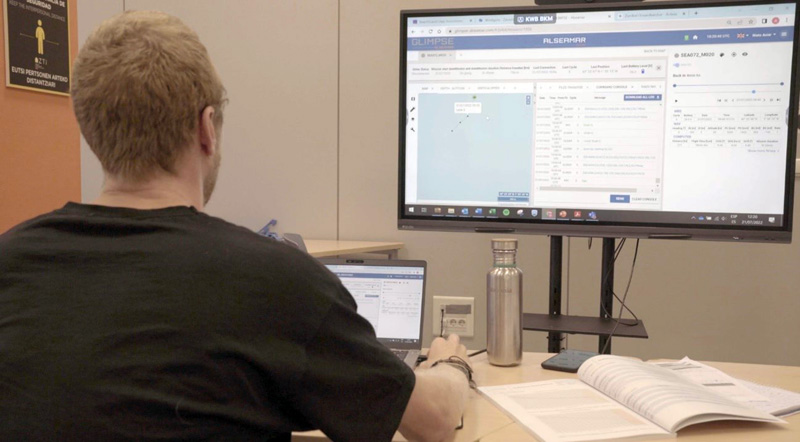
Cutting-edge technology also used in the Juvena campaign
Xixili is equipped with two interchangeable sensor packages, known as “nose”. The one currently installed consists of a temperature and conductivity sensor and an acoustic probe, and is designed for studies of pelagic species dynamics. A second package consists of sensors capable of measuring parameters such as temperature and salinity, turbidity, fluorescence, dissolved oxygen and nutrient concentration (nitrates), key variables for the study of biogeochemical processes linked to oceanic primary production.
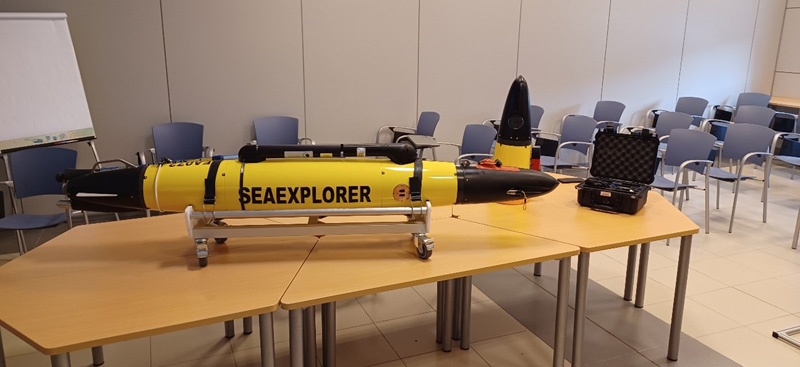
This first mission was part of the final stage of the JUVENA 2022 campaign, dedicated to assessing the abundance of juvenile anchovy in the Bay of Biscay. Xixili and JUVENA ave coincided for several days to record data that will allow the intercalibration of their sensors for validation. After the end of JUVENA, Xixili has continued sampling the sea for almost two weeks to continue monitoring the dynamics of juvenile anchovy and to study their migration from oceanic waters to the coast that takes place every year throughout the autumn.
